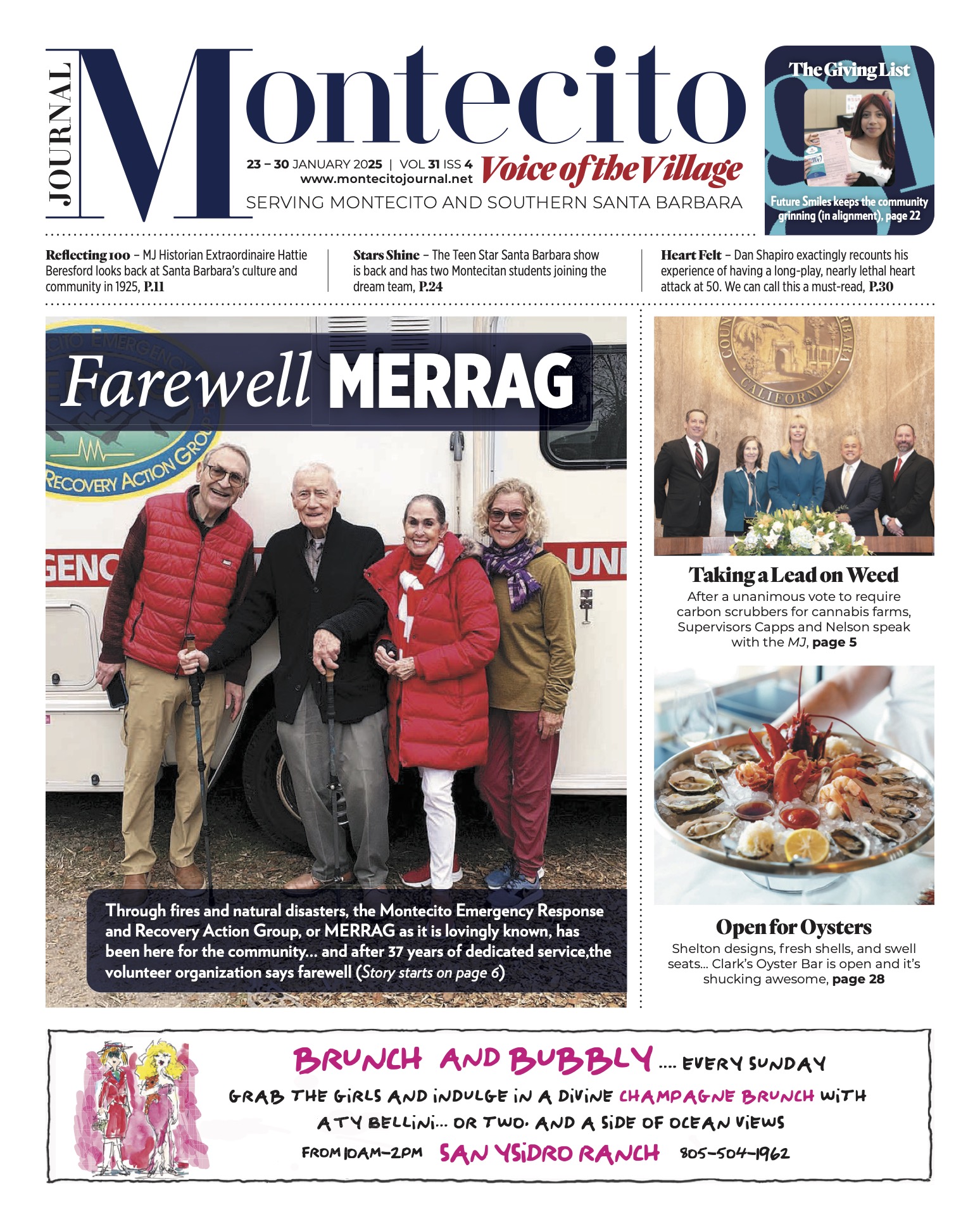Top Ten Best Unexpected Finds

Among the best advice for discovering a hidden valuable is to go through the handbags in an older woman’s closet! I am often called to a home to appraise a specific object or group of valuables, but often I will discover something completely unrelated. Here are a few of these discovery stories:
1. A newspaper clipping of a Charlie Brown comic strip from the 1980-90s, signed by Charles Schulz.
Outcome: I found the “right” auction house for signed ephemera: R&R Auctions sold it for 5-figures.
2. A 10” tall cylinder-form woven basket used for 20 years as an office wastebasket.
Outcome: Called to appraise the roll top desk (which was worth $300), I saw the 1920s Makah/Nootka(Native American) Northwest Coast basket underneath on the floor. My client, a retired school administrator, took the trip of a lifetime to the Makah Reservation in Neah Bay, Washington (Northwestern Vancouver Island) to give it back to the People.
3. A small (3x4x2.5”) ovoid-shaped silver bowl on an oval pedestal, with a blue glass liner, used for paper clips.
Outcome: This was discovered to be a 1770 ‘open salt cellar’ by one of England’s earliest female silversmiths, Hester Bateman (1708-94), a notable 18th century entrepreneur who founded a major workshop which she passed to her son, daughter-in-law, grandson, and great-grandson. An open salt is a little bowl used at a formal table to hold salt, a commodity in the 18th century (this was before the salt shaker). We sold this salt cellar at Christies for $800.
4. A strange turquoise vase in a matte glaze featured a nude female draped around the bulbous form was stored in a potting shed in Montecito.
Outcome: Considered hideous by the client, it was art pottery by husband-and-wife Artus and Anne Van Briggle who, in 1901, founded Van Briggle Pottery in Colorado Springs; the oldest continuously operating art pottery studio in the Nation. They named IT the ‘Lorelei’ vase, crafted in a distinctly American Art Nouveau style. We sold it to “Just Art Pottery” for $750.
5. Thought to be a child’s 4th grade kiln class pottery, a strange, glazed stoneware charger with an image of a stylized feline was in the client’s garage in the box for Goodwill.
Outcome: A photo sent to the Beatrice Wood Center for the Arts in Upper Ojai confirmed it was a 1960s work by the Dadaist artist Beatrice Wood (1893-1998), a famed studio potter in the collection of many museums (notably the Smithsonian). My client donated it to the Beatrice Wood Center, and I wrote him a Federal Income Tax deduction appraisal for $1,800. A telling marking: Wood’s pottery is signed “Beato.”
6. A homely table lamp featuring a cast metal figure of a Grecian style phoenix bird, 42” tall, in the crate going to Destined for Grace Thrift in Goleta.
Outcome: Turned out to be a 1950s creation of a favorite of the mid-century design world, William (Billy) Haines, the #1 Hollywood box office star of 1930 who became Hollywood’s premier interior decorator. We sold it at Wright, in Chicago – one of the nation’s premier auction houses for modernist decorative art, furniture, and fine art. The lamp sold for $5,400.
7. A large, loudly colored late 1970s floral needlepoint wall-hanging – signed illegibly and titled Playful Leaves – was thought to be a creation by my client’s late great-aunt, an amateur needlewoman. My client hated it and begged her son to take it.
Outcome: My client’s son discovered it was Latin American textile art by important 1970-80s artist-designer Jorge Cravo. We sold it at Los Angeles Modern Auctions for four figures.
8. If you have kids, you probably have a costume basket. My client’s contained a tri-corner hat in black felt with a rosette cockade and silver button, worn by a youngster as the topper for his Napoleon costume.
Outcome: It was a “Chapeau de Bras” from the Mexican War era (1840-49) and sold at Cowan’s Auctions in Cincinnati for $920.
9. A pheasant taxidermy mount, two-birds on a log, 21×38”, thought to be an invaluable (yet moth-eaten) antique, was passed down from client’s grandfather.
Outcome: No one will buy taxidermy today; it was reluctantly accepted as a donation to a Natural History Museum.
10. A Father Christmas vintage wind-up doll, 29,” whose head nodded up and down (thanks to interior mechanical workings), was inherited from German relatives in the 1960s.
Outcome: The German clockwork “Noddy” with a composition face and open/shut eyes sold for over $2,500 at Pook & Pook’s Toy Auction in Pennsylvania.







You must be logged in to post a comment.